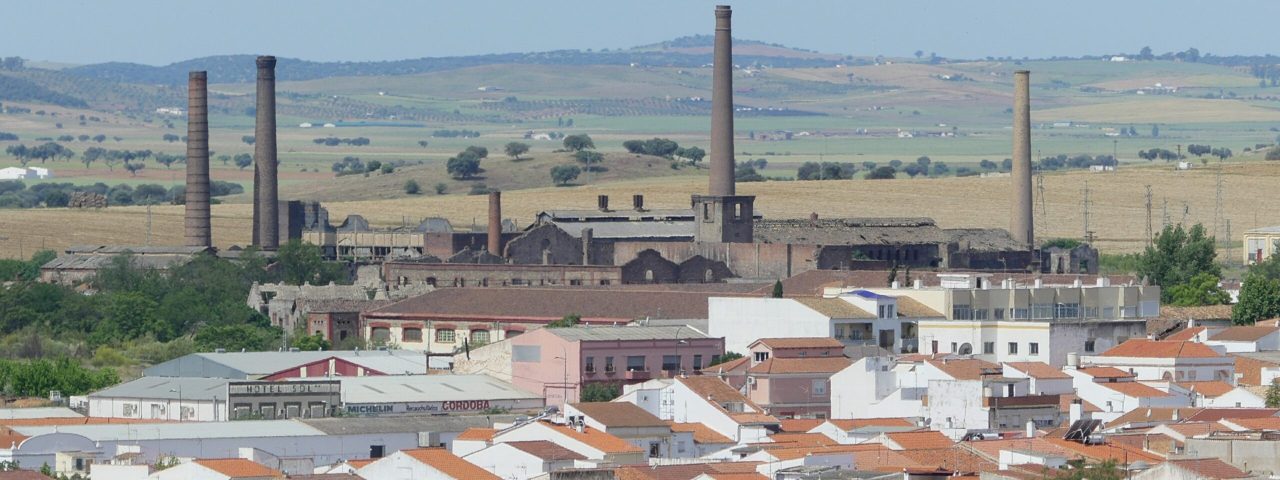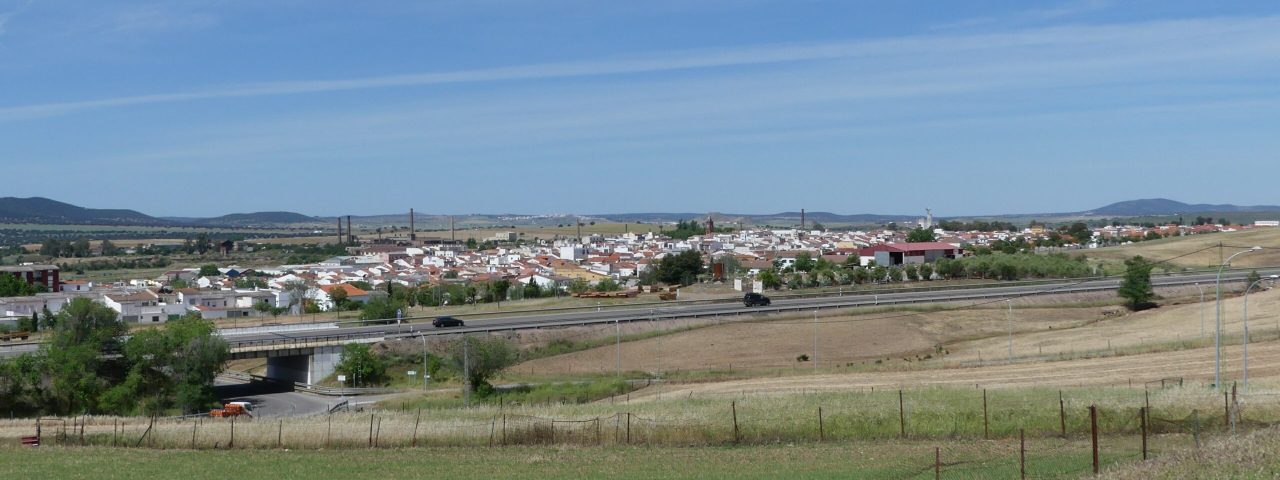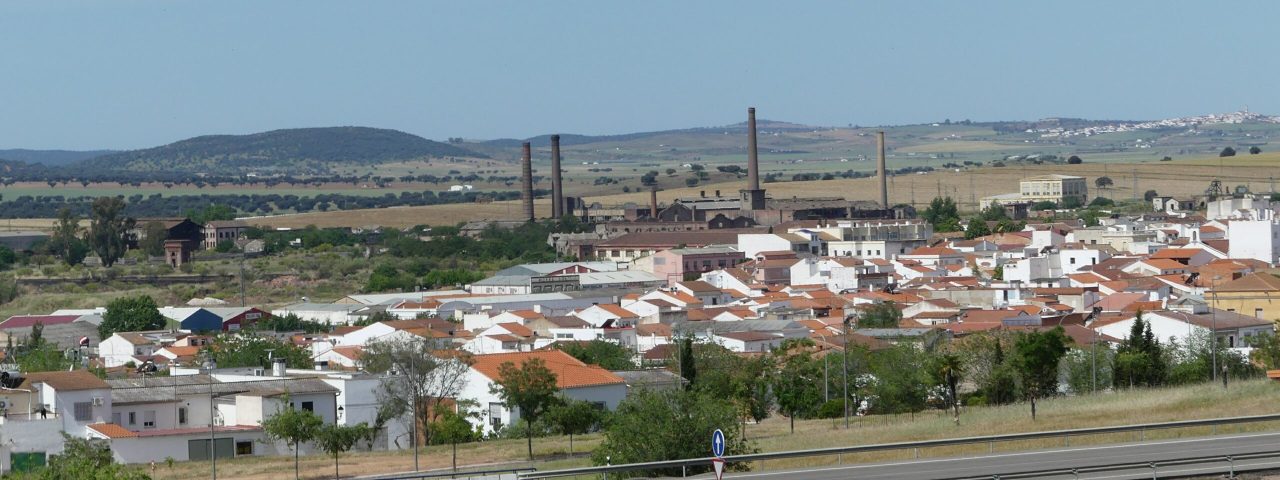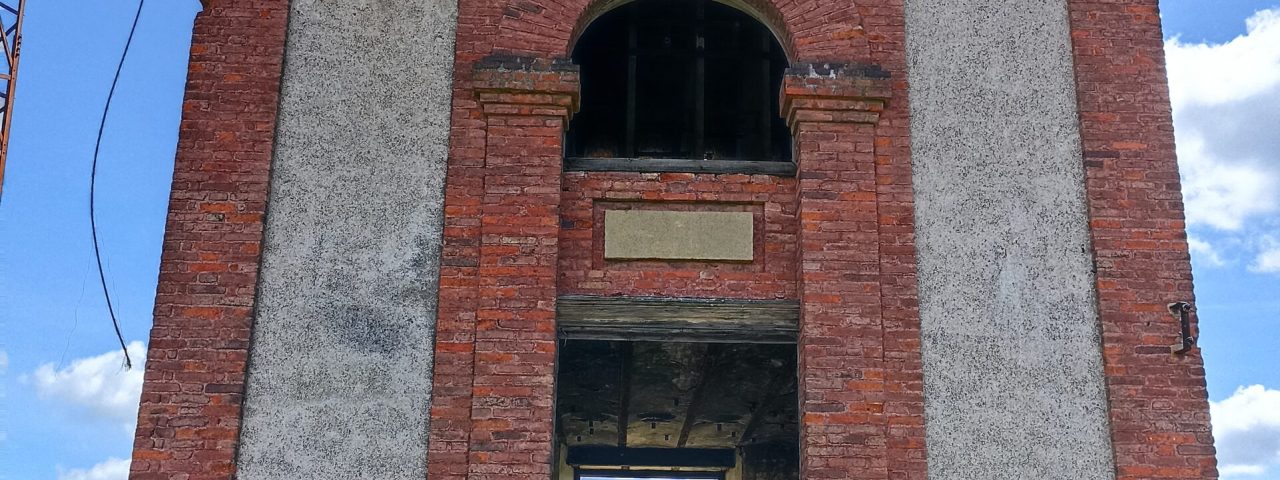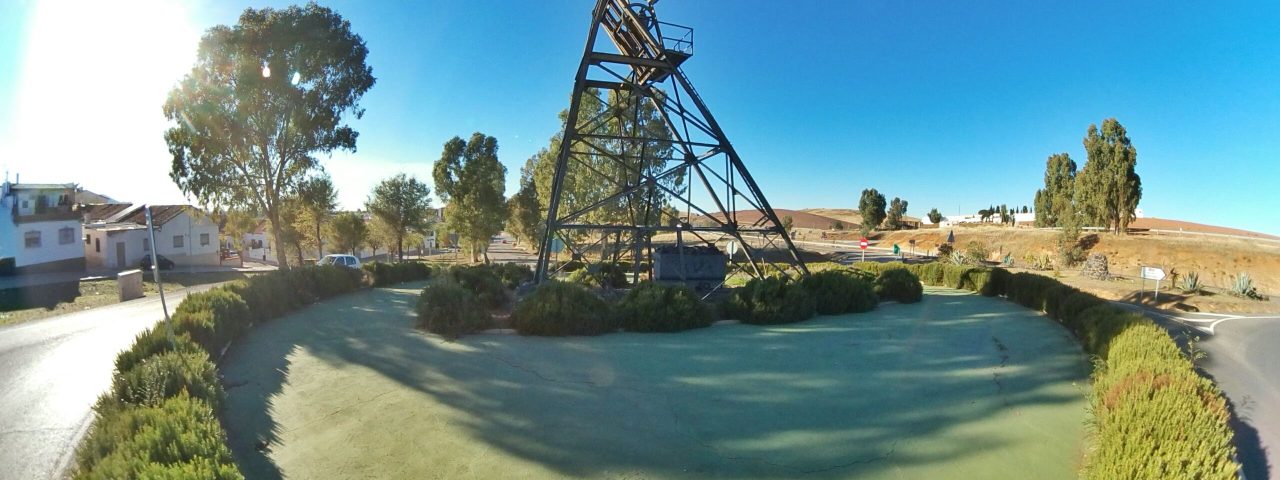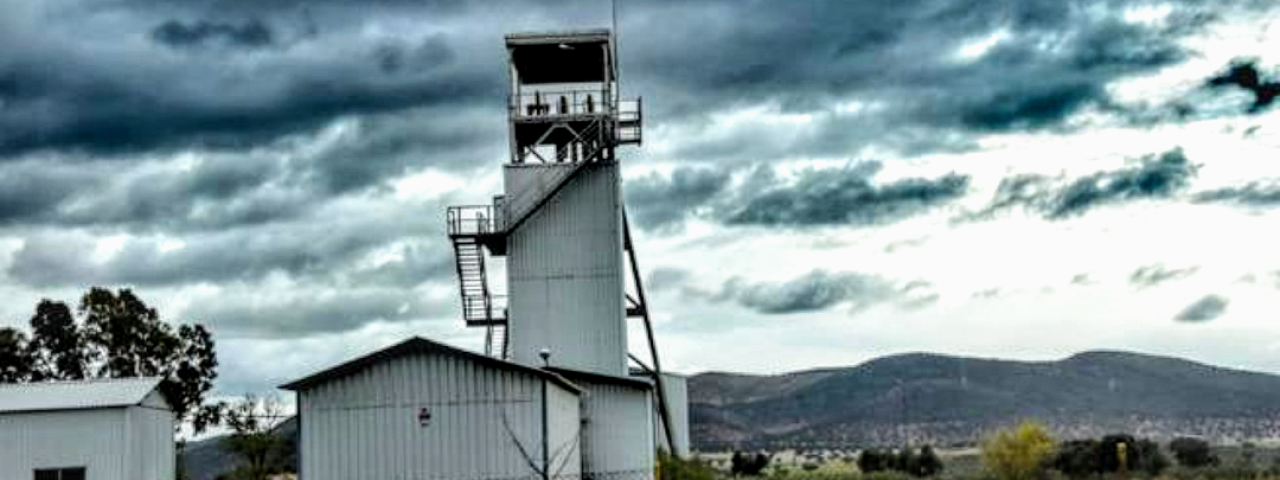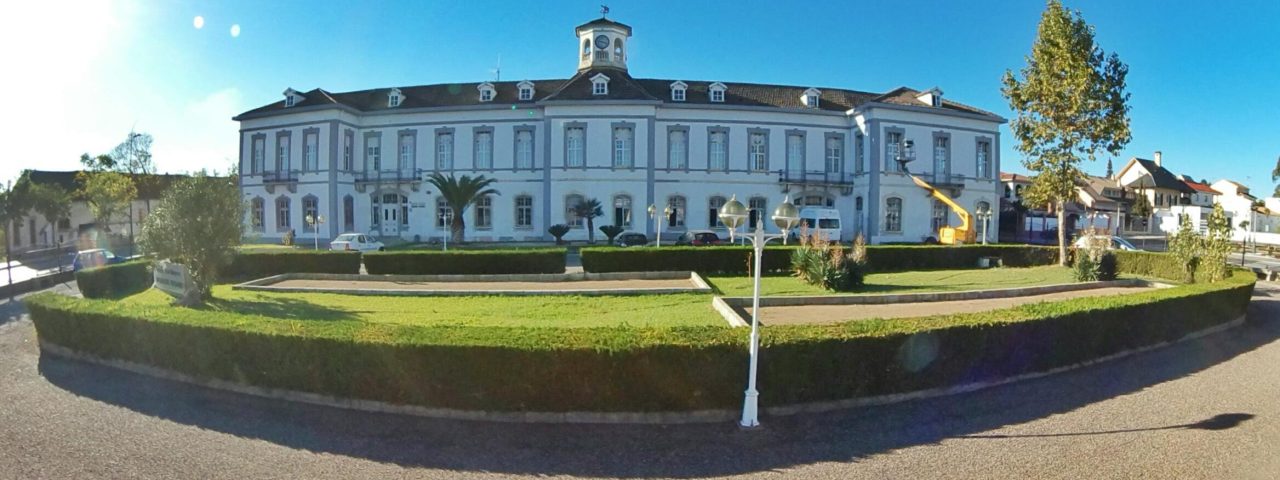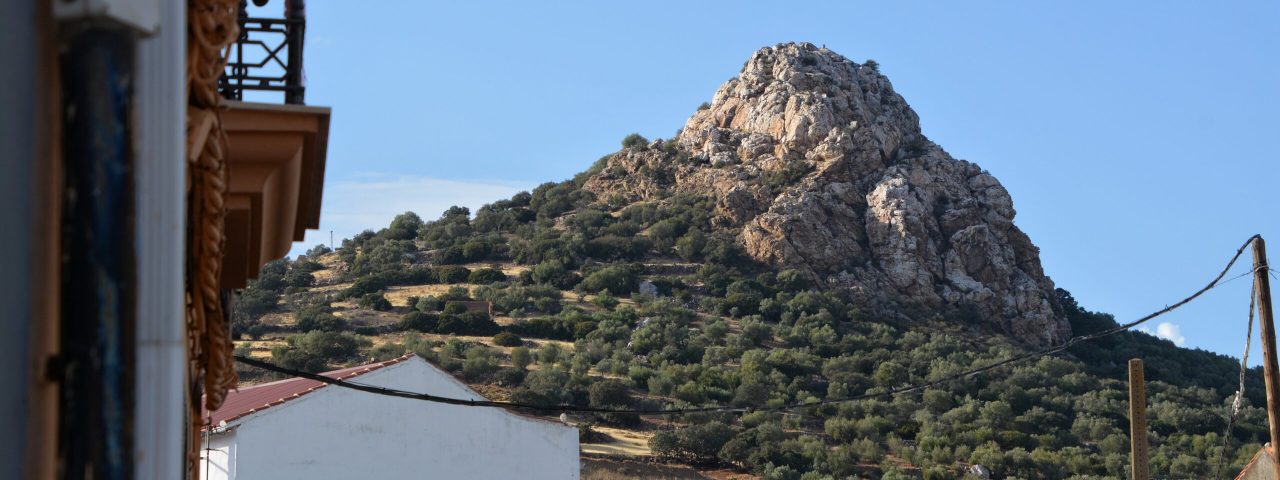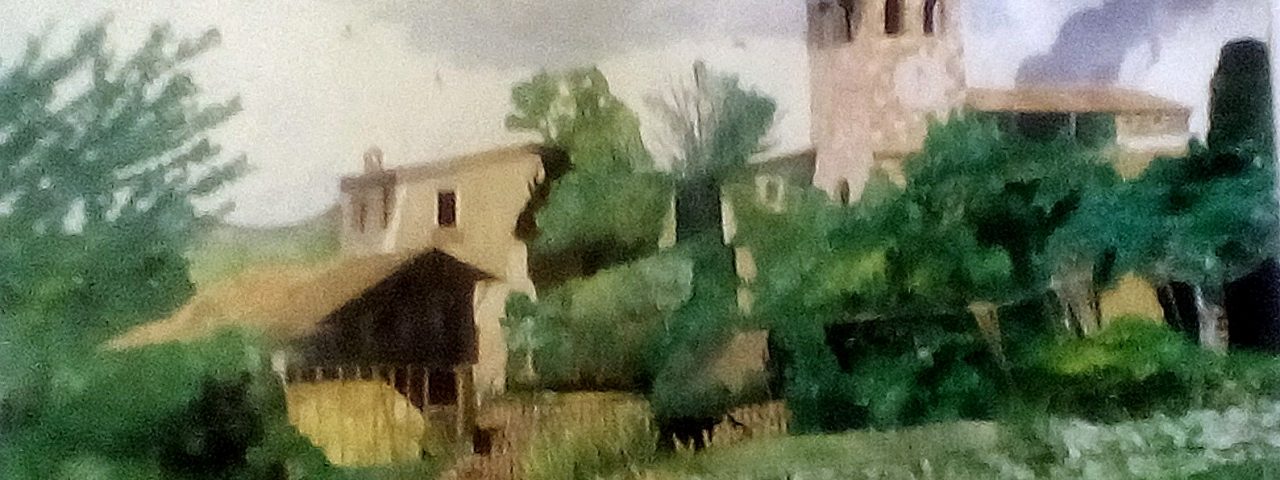Peñarroya-Pueblonuevo has a fascinating history rooted in its industrial past. The city emerged in the 19th century during Spain’s industrial revolution, becoming a center for coal mining and metal production. Its strategic location near rich mineral resources fostered the development of a large mining industry, which shaped the city’s economic and social landscape for decades. The city’s name reflects its dual identity, with “Peñarroya” referring to the mining sector and “Pueblonuevo” (meaning “New Town”) highlighting its modern development during the industrial boom.
Culturally, Peñarroya-Pueblonuevo celebrates its industrial heritage through local museums and events. The city hosts several festivals throughout the year, including traditional Andalusian fairs, religious processions, and celebrations that honor the working-class roots of the community. Flamenco music and dance are also an integral part of the local culture, with performances often accompanying major festivities.
The city is home to several historical landmarks, including old mining facilities that have been preserved as part of the city’s cultural heritage. These landmarks offer a glimpse into the city’s industrial past and serve as a testament to the resilience and creativity of its people.
